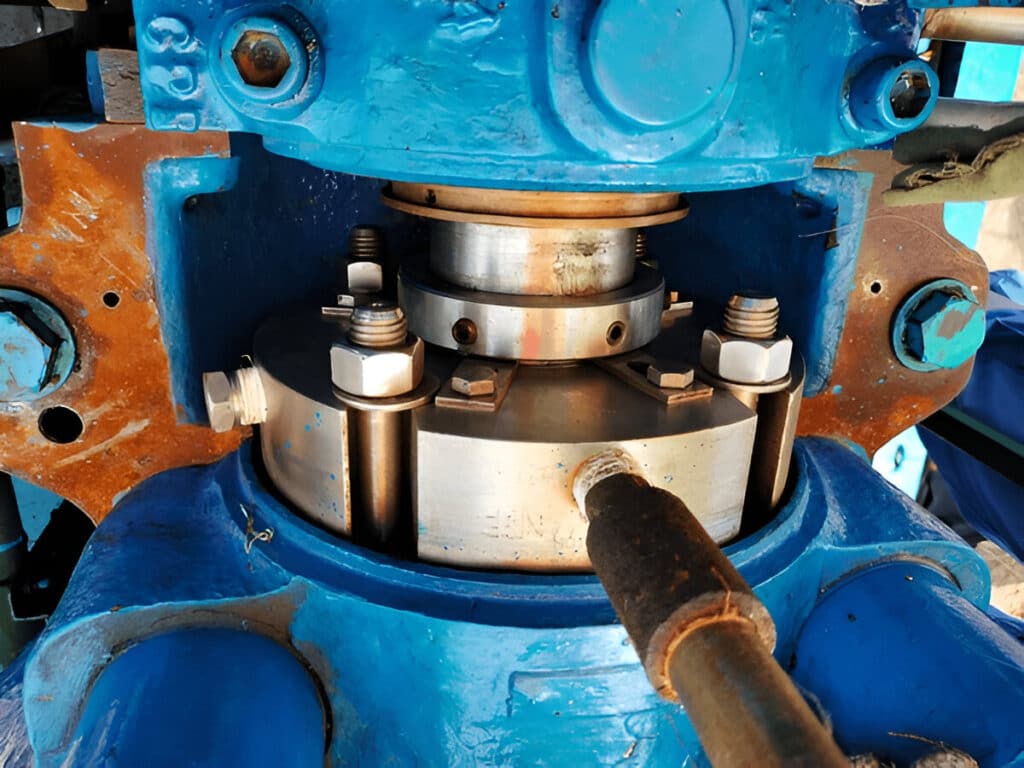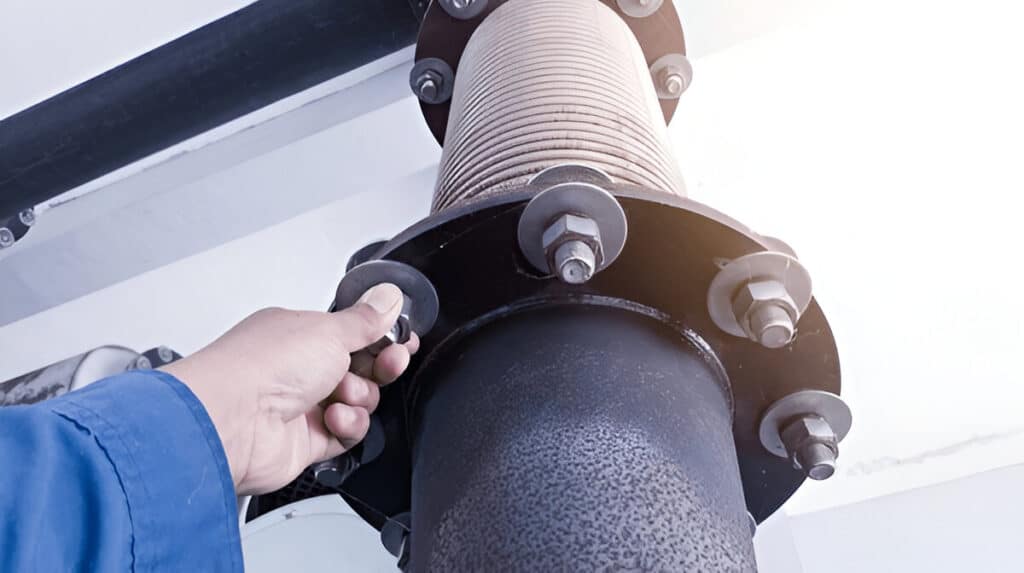
What Is PTFE Packing
Composition of PTFE Packing
PTFE (polytetrafluoroethylene) packing is a synthetic material known for its excellent chemical resistance and wide range of applications in fluid sealing. This type of packing is composed of PTFE fibers, which are braided or compressed into various forms, such as braided packings, multi-yarn packings, and compression packing rings.
Attributes of PTFE Packing
- Chemical resistance: PTFE packing offers excellent resistance to a wide range of chemicals, including acids, bases, and solvents, making it suitable for use in chemically aggressive environments.
- Temperature resistance: With a temperature range from -200°C to 260°C (-328°F to 500°F), PTFE packing maintains its integrity and performance in both cryogenic and high-temperature applications.
- Low friction: PTFE has a low coefficient of friction, which reduces wear on equipment and minimizes the risk of galling or seizing, ultimately extending the life of the packing and the equipment it serves.
- Non-stick properties: The non-stick nature of PTFE packing prevents the accumulation of debris and ensures smooth operation, even in applications prone to buildup or contamination.
- Electrical insulation: PTFE packing is an excellent electrical insulator, making it suitable for use in applications where electrical conductivity could pose a risk or cause damage to equipment.
- UV resistance: PTFE packing is resistant to ultraviolet (UV) radiation, which makes it suitable for outdoor applications or environments exposed to sunlight without risk of degradation.
- Food grade compatibility: Certain grades of PTFE packing are FDA-approved and suitable for use in food processing and pharmaceutical applications, where hygiene and non-contamination are critical.
Applications of PTFE Packing
- Chemical processing
- Food and beverage industry
- Pharmaceutical manufacturing
- Pulp and paper mills
- Water and wastewater treatment
- Oil and gas industry
- Marine applications (e.g., boat prop shafts, stern glands)
Benefits of PTFE Packing
- Excellent chemical resistance, allowing for use in a wide range of aggressive environments
- Low friction coefficient, reducing shaft wear and improving equipment efficiency
- Wide temperature range, making it suitable for both cryogenic and high-temperature applications
- Non-contaminating and FDA-compliant, ideal for use in food and pharmaceutical processing
- Versatile and available in various forms, such as braided packings and compression packing rings
- Long service life, reducing maintenance costs and downtime
What Is Graphite Packing
Composition of Graphite Packing
Graphite packing is a high-performance sealing material composed of flexible graphite, an inorganic form of carbon known for its unique properties. Flexible graphite is made by treating natural graphite flakes with heat and pressure, resulting in a material with a high carbon content and excellent thermal and chemical resistance. Graphite packing can be found in various forms, such as braided packings, compression packing rings, and die-formed rings.
Attributes of Graphite Packing
- High thermal conductivity: Graphite is an excellent conductor of heat, allowing for efficient heat dissipation in high-temperature applications.
- Excellent chemical resistance: Graphite is resistant to a wide range of corrosive substances, including acids, alkalis, and organic solvents.
- Wide temperature range: Graphite packing can operate in temperatures ranging from cryogenic to +850°F (455°C).
- Low friction coefficient: The self-lubricating properties of graphite help reduce shaft wear and improve equipment efficiency.
- High compressibility: Graphite packing can conform to irregular surfaces, providing an excellent seal even under variable conditions.
Applications of Graphite Packing
Graphite packing is widely used in various industrial plants and applications, particularly in situations involving high temperatures, corrosive media, or steam. Some common applications include:
- High-temperature valves and fittings
- Steam turbines and boilers
- Pumps handling corrosive or high-temperature fluids
- Petrochemical processing equipment
- Nuclear power plants
- Glass and ceramic manufacturing
Benefits of Graphite Packing
- Excellent performance in high-temperature and corrosive environments
- Improved equipment efficiency due to low friction and good heat dissipation
- Longer service life compared to many other packing materials
- Versatility in handling a wide range of media, including steam, acids, and alkalis
- Conformability to irregular surfaces, providing a tight seal
- Reduced maintenance costs and downtime due to extended service life
Difference Between PTFE and Graphite Packing
| Property | PTFE Packing | Graphite Packing |
|---|---|---|
| Temperature Range | -450°F to +500°F | Cryogenic to +850°F |
| Chemical Resistance | Excellent, virtually inert | Excellent, resistant to most corrosive media |
| Thermal Conductivity | Low | High |
| Friction Coefficient | Low | Low, self-lubricating |
| FDA Compliance | Yes | No |
| Shaft Speeds | Suitable for slow to moderate speeds | Suitable for slow to high speeds |
| Conformability | Good | Excellent, due to high compressibility |
| Ideal Applications | Chemical processing, food and pharmaceuticals | High-temperature valves, steam turbines, corrosive media |
| Cost | Moderate | Higher than PTFE |





